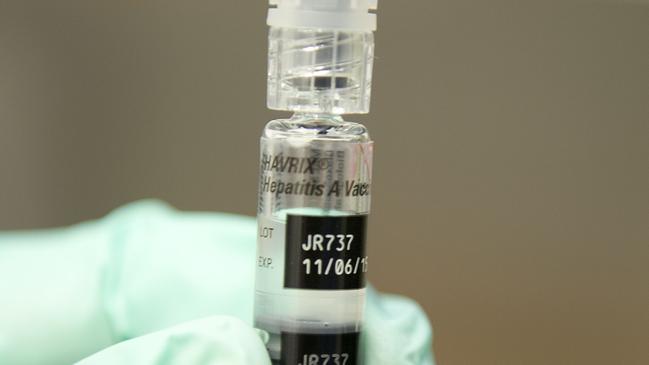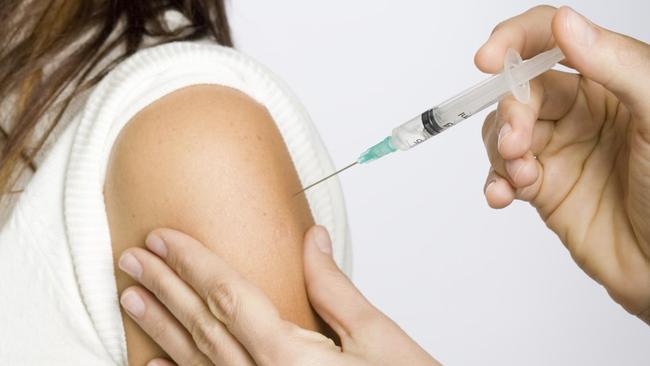Australia is falling behind in the fight against hepatitis B
More than 400 Aussies are needlessly dying from hepatitis B each year, with a concerning amount of sufferers succumbing to liver disease and cancer. This is why we’re falling behind.

Hundreds of Australians are expected to die needlessly from liver cancer because the nation is failing to meet its targets to eliminate hepatitis B.
Despite setting a national plan and having effective treatments to combat the infectious disease, new research shows Australia is falling well behind in the battle.
More than 450 Australians die from hepatitis B each year, while more than 220,000 live with chronic infections that can lead to liver disease and cancer if not treated.
Although the Australian National hepatitis B Strategy set out a road map to cut deaths from the bloodborne infection by 30 per cent by 2022, modelling from the World Health Organisation and Melbourne’s Doherty Institute reveal the nation is on track to cut deaths by just 5.7 per cent.
Professor Benjamin Cowie, director of the WHO’s Collaborating Centre for Viral Hepatitis at the Doherty Institute, said only seven out of 10 hepatitis B sufferers are currently diagnosed, denying them the chance to prevent life-threatening deteriorations.

“We really need to get people diagnosed and monitored so we can pick up when they need treatment. With treatment they can stay healthy and we can give them medications that will keep them safe for the rest of their life,” Prof Cowie said.
“But, to do that, we need to get them diagnosed and get them into care.
“We are really underdoing it and this results in people getting cirrhosis, liver cancer and dying.
“It (liver cancer) remains the fastest increasing cause of cancer deaths in this country so we really need to be doing better.”
While subsidised drugs are now able to overcome hepatitis C, there is no cure yet for hepatitis B.
However, like HIV, a daily antiviral drug is able to hold the disease at bay and cut the risk of it deteriorating into liver cancer by 50 per cent.
Although newborns have been vacciantaed against hepatitis B since 2000, one in 100 Australians still have live with chronic infections with those born overseas or Aboriginal and Torres Strait Islander peoples the most affected.
MORE NEWS:
NEW RISK FACTOR FOR ADHD IDENTIFIED
BRIDE’S STUNNING WEDDING DAY WEIGHT LOSS
HOW MUM SAVED BABY BOY FROM BROWN SNAKE
As a result the Australian National hepatitis B Strategy set targets to have 80 per cent of cases diagnosed, 20 per cent of people treated with antivirals, and 30 per cent of deaths cut by 2022.
The action would save 1700 lives between 2022 and 2030 if achieved, however the WHO modelling published last week in the journal Hepatology found Australia was only likely to achieve 71 per cent diagnosis, 11 per cent treatment and a 5.7 per cent reduction in deaths.
Prof Cowie said a failure to engage impacted communities, red tape that prevented GPs prescribing treatment and social stigma were preventing the lives being saved.
